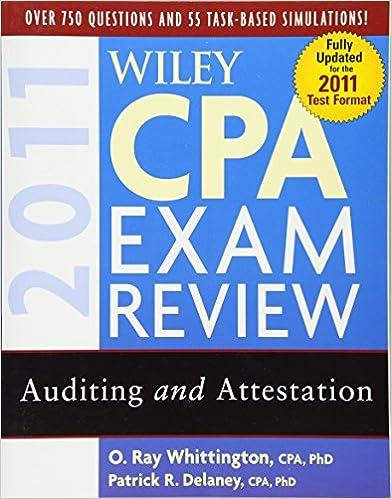Question
Please help me to comment on the professor's post. Answer his questions. I need references Thank you for your help Student post I critically evaluated
Please help me to comment on the professor's post. Answer his questions. I need references
Thank you for your help
Student post
I critically evaluated the following statement: Investing in the stock market is the same as gambling. Such a speculative investment has no social value apart from the pleasure that people find in this kind of gambling
The stock market can be ascribed to a positive-sum game, which is not the same as gambling; everybody can triumph. Additionally, when we talk about speculators or risk-takers, they provide liquidity to the marketplaces and therefore play a key role in promoting efficacy. What usually happens within the stock market is grounded on the underlying economic circumstances. However, it is worth noting that gambling is essentially playing the odds.
Professor post Good forum dear student, in the second point you speak of "underlying economic circumstances". What in particular do you mean by that statement? Do you think that the bottlenecks generated by a unilateral investment decision without prior communication from the team (Hayashi, 2009) are an example of this? Sometimes investment decision making is a process of trial and error. Others, the decisions are accurate and their favorable results with a minimum margin of error, generally because it mediates the experience and mastery of a specific field or the positive energy of the person who makes them. In reality, all decisions involve learning (Hastie & Dawes, 2010). The important thing lies in the intention, attitude, and values that are handled in the process, along with the information used for this purpose. According to the steps of the investment portfolio constitution decision process, from my point of view, alternatives should be chosen among possible political investment solutions, implement the selected solution of the securities to be incorporated and follow up and control the results. References: Hastie, R., & Dawes, R. M. (2010). Rational choice in an uncertain world (2nd ed.). Thousand Oaks, CA: Sage. Hayashi, A. M. (2009). How executives can make bad decisions. MIT Sloan Management Review, 50 (4), 1415. Retrieved from the Walden Library databases.
Step by Step Solution
There are 3 Steps involved in it
Step: 1

Get Instant Access to Expert-Tailored Solutions
See step-by-step solutions with expert insights and AI powered tools for academic success
Step: 2

Step: 3

Ace Your Homework with AI
Get the answers you need in no time with our AI-driven, step-by-step assistance
Get Started


